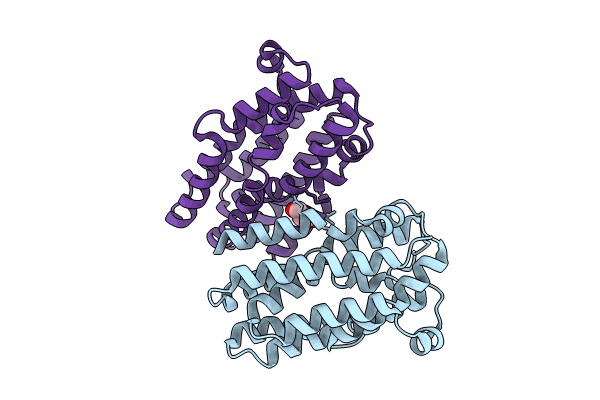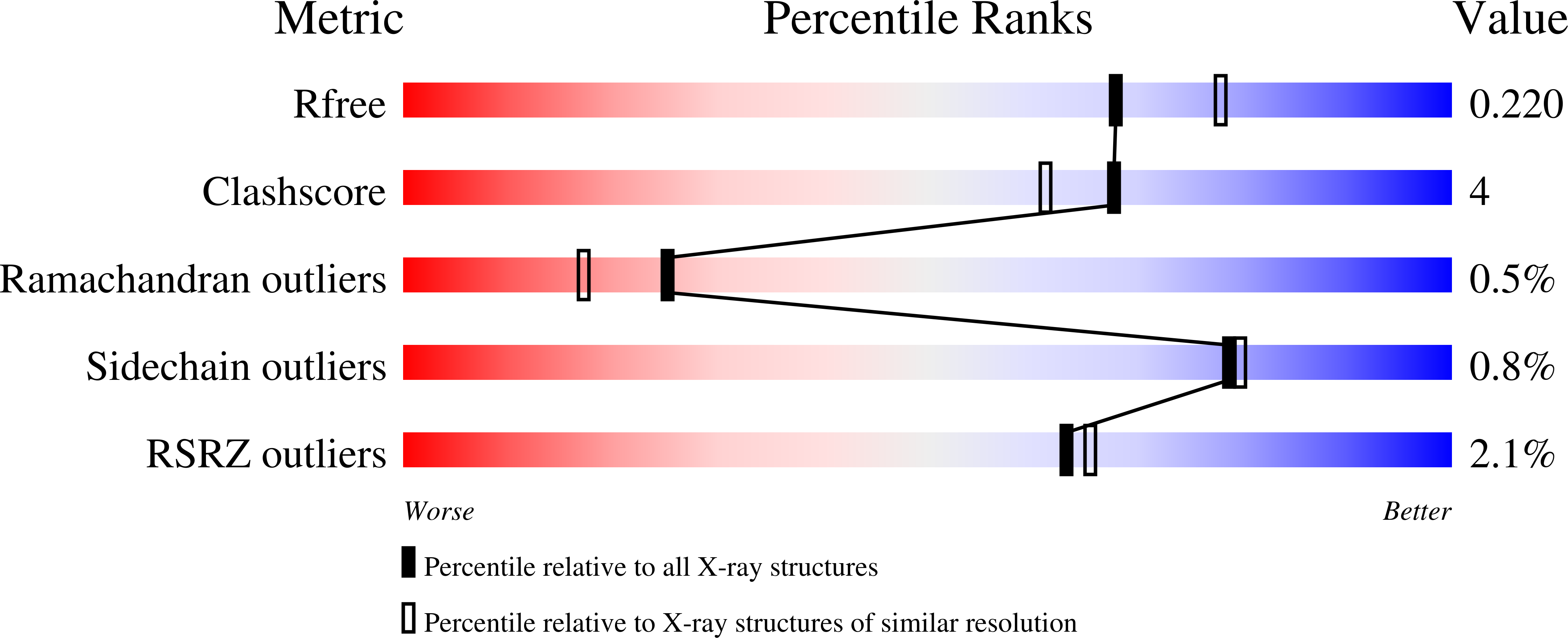
Deposition Date
2023-12-11
Release Date
2024-11-06
Last Version Date
2024-11-27
Entry Detail
PDB ID:
8VAI
Keywords:
Title:
Crystal structure of apo CtCADD from Chlamydia trachomatis
Biological Source:
Source Organism:
Chlamydia trachomatis D/UW-3/CX (Taxon ID: 272561)
Host Organism:
Method Details:
Experimental Method:
Resolution:
2.07 Å
R-Value Free:
0.21
R-Value Work:
0.18
R-Value Observed:
0.18
Space Group:
P 32 2 1


